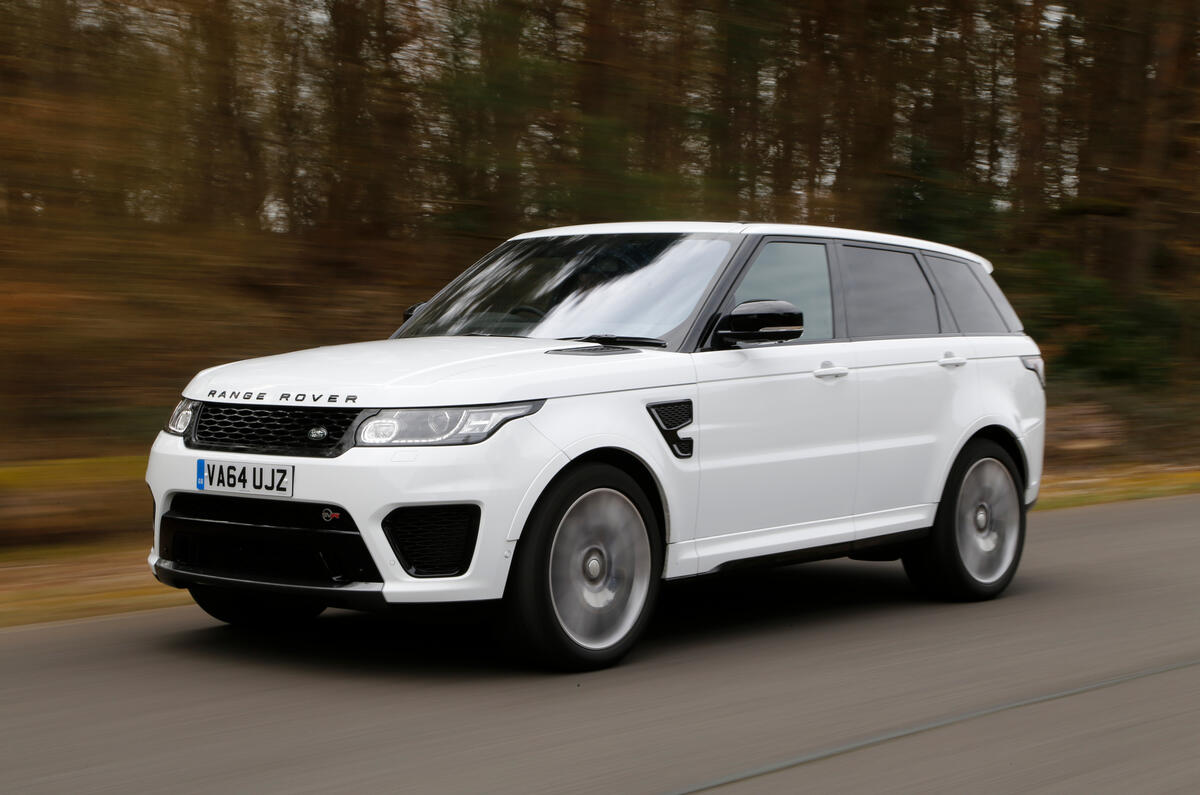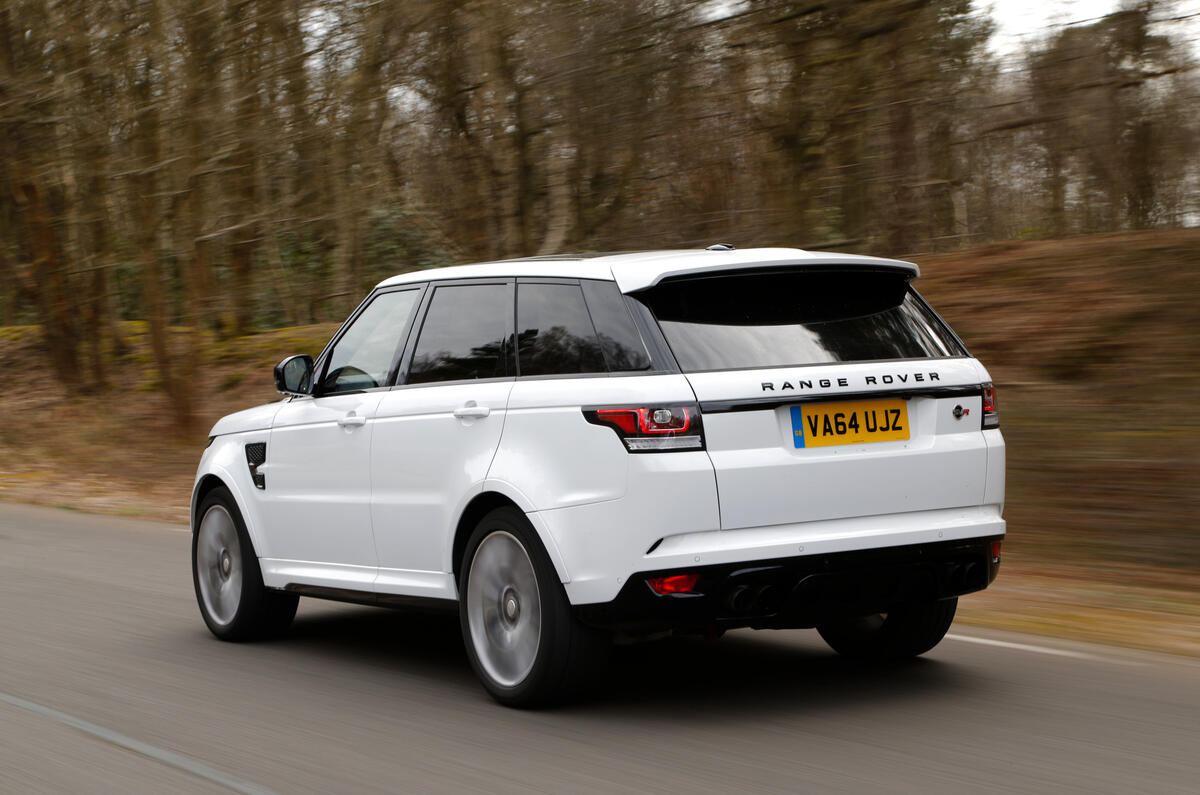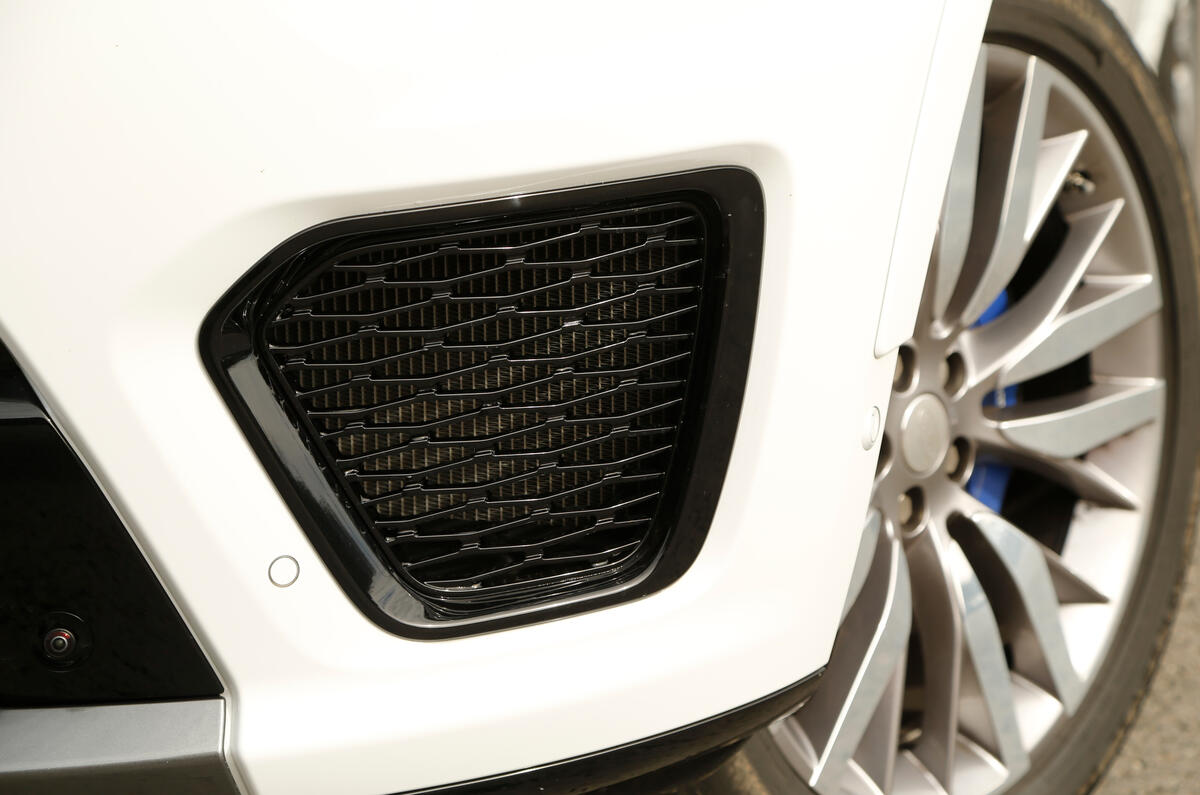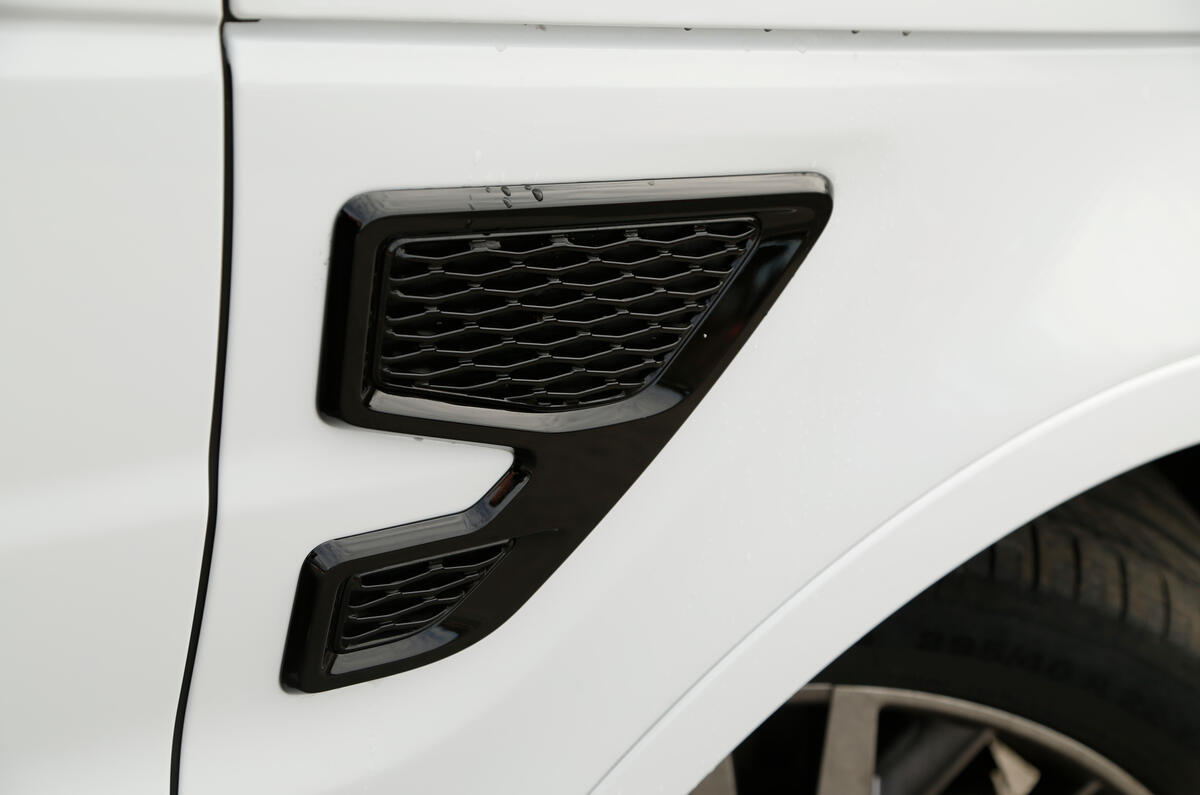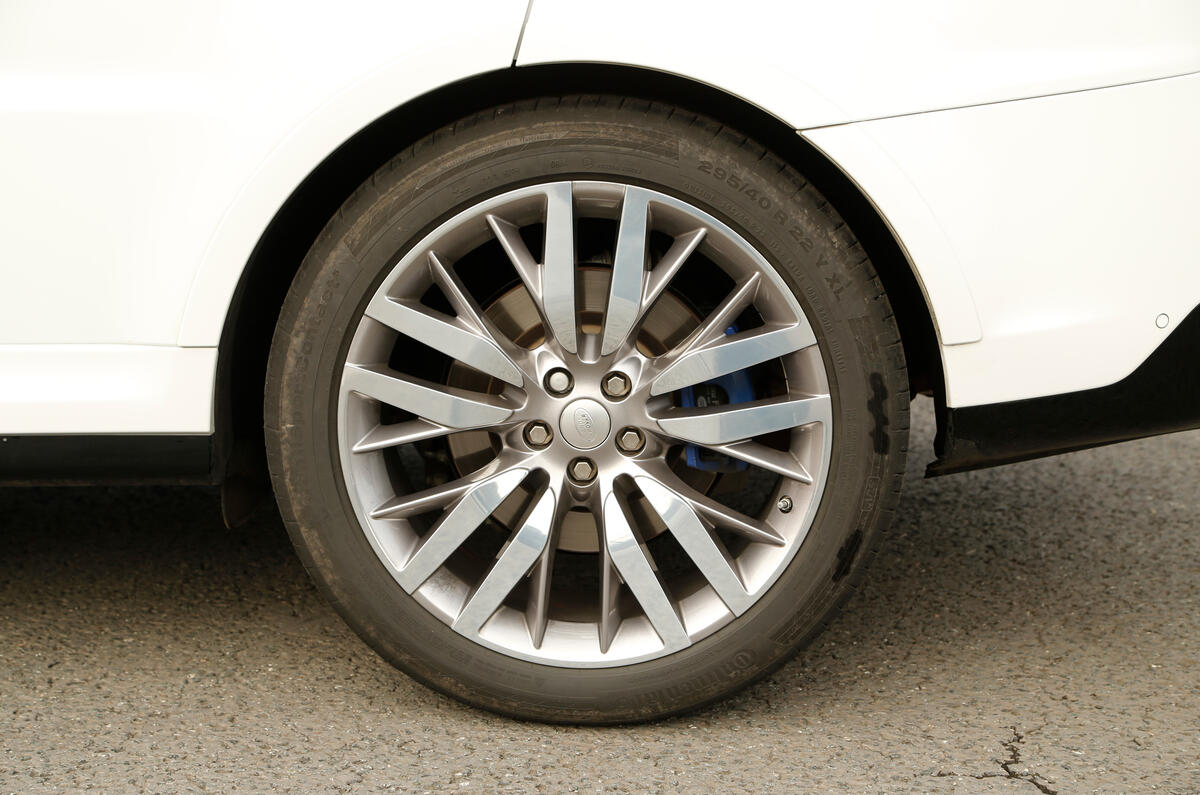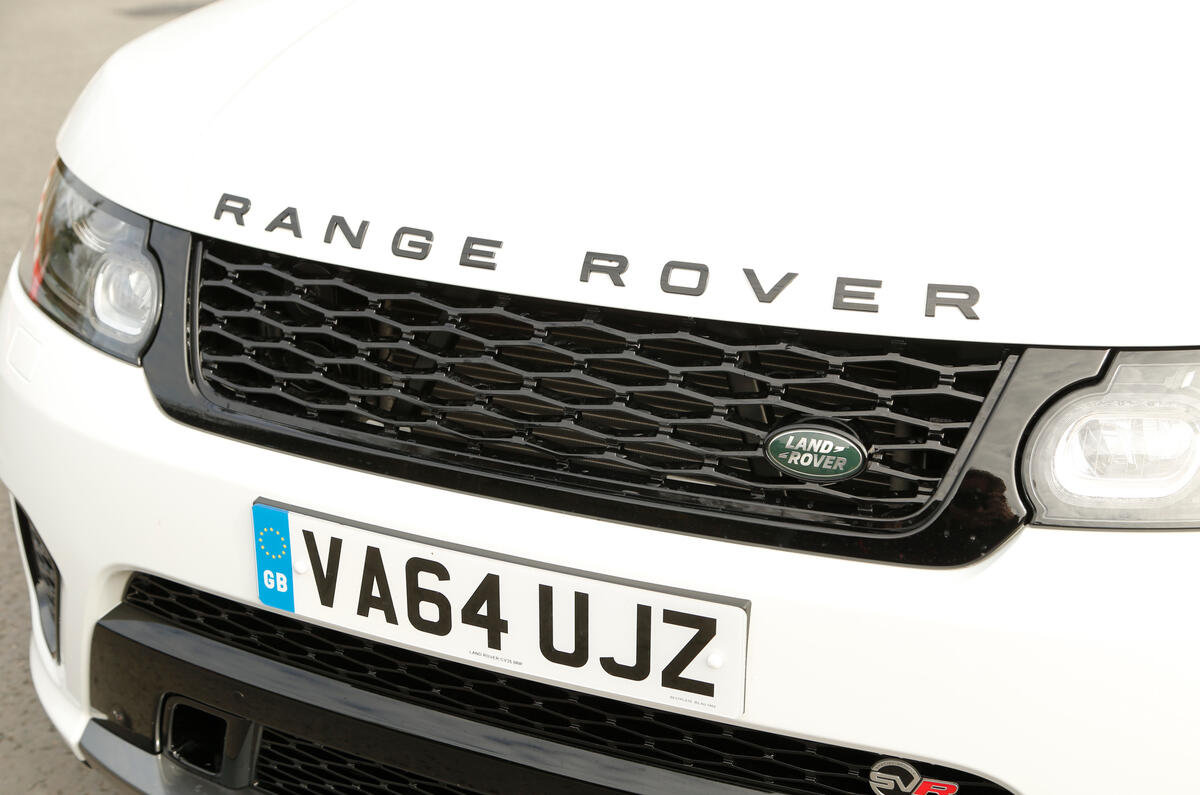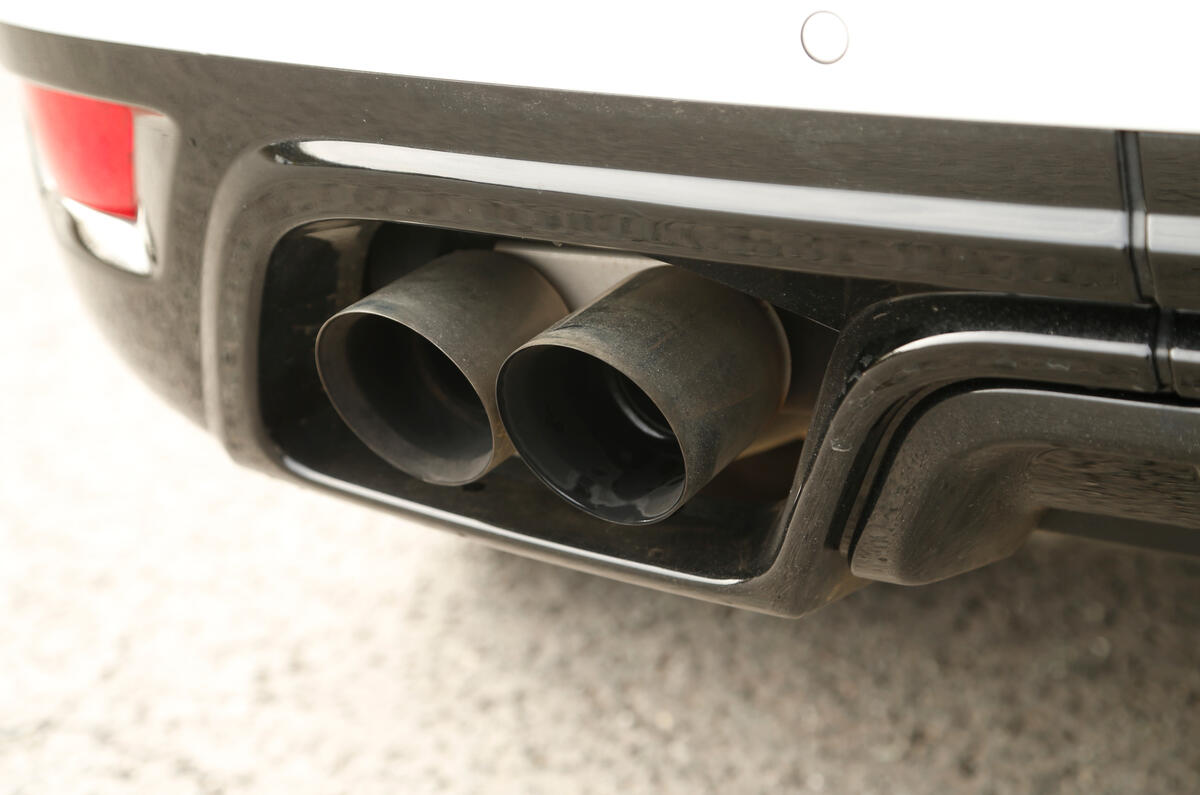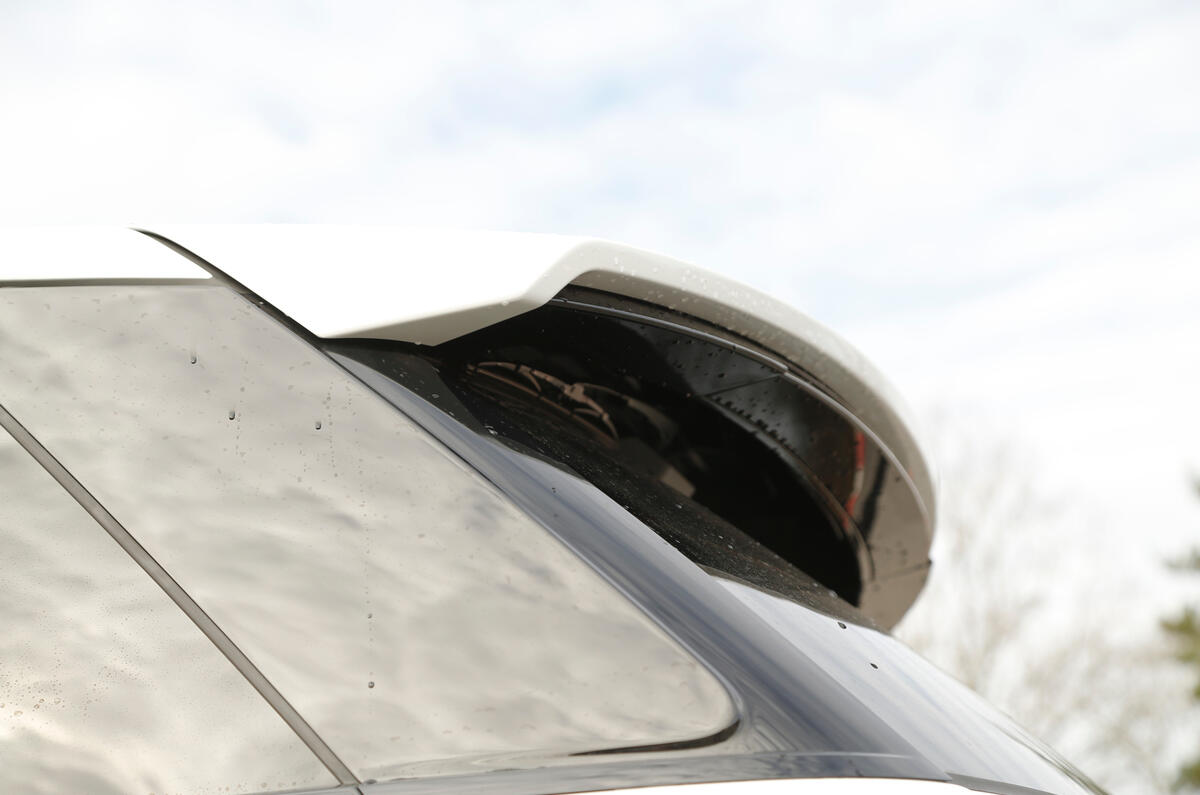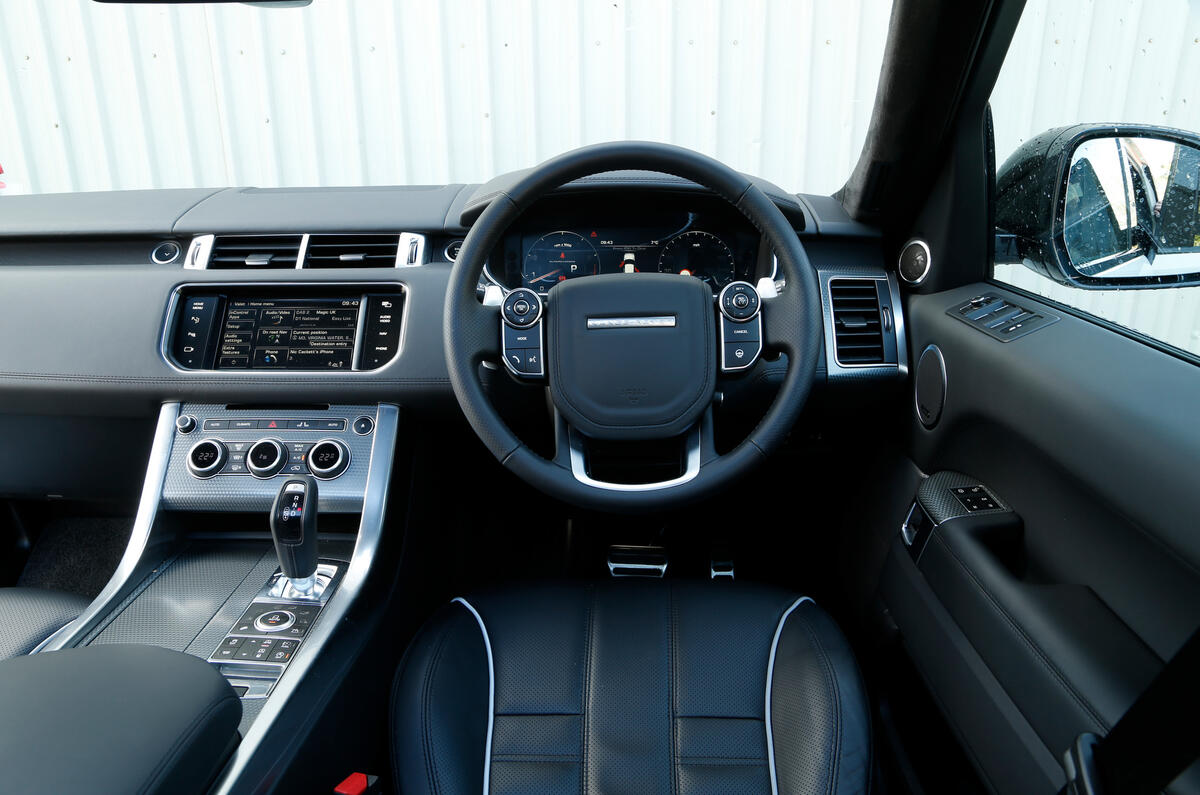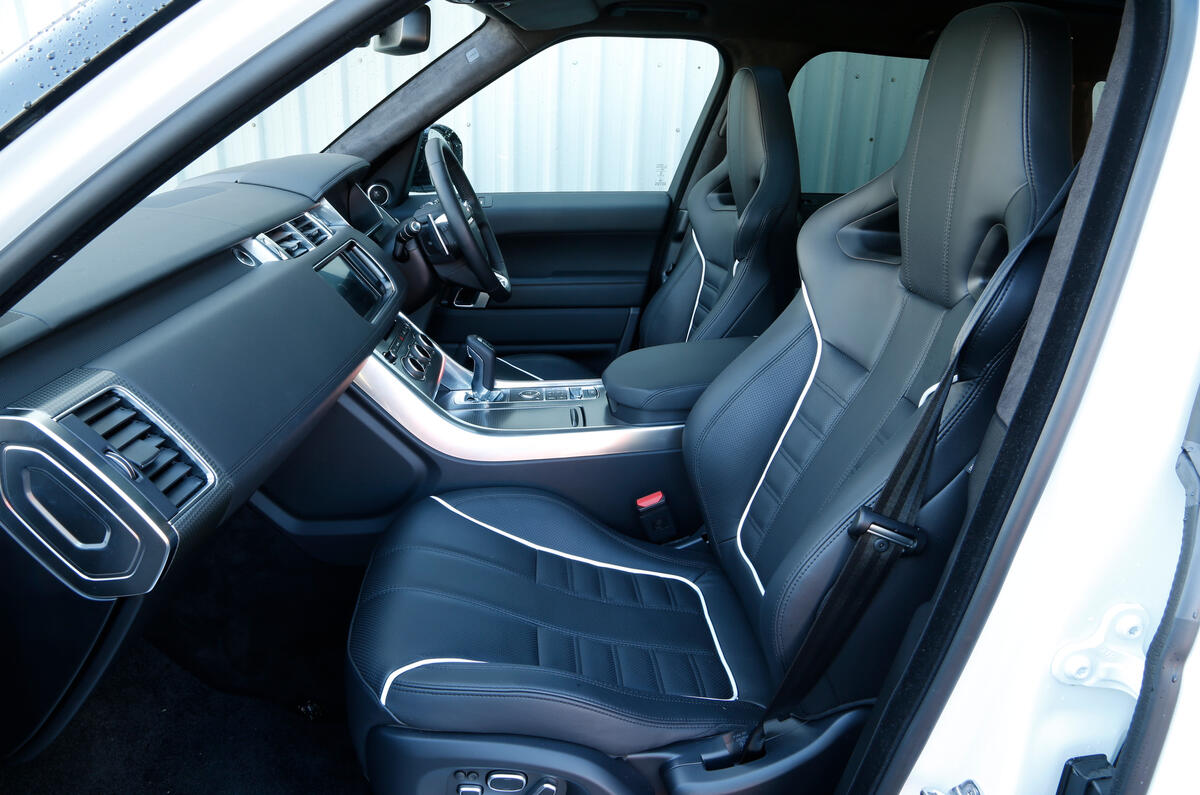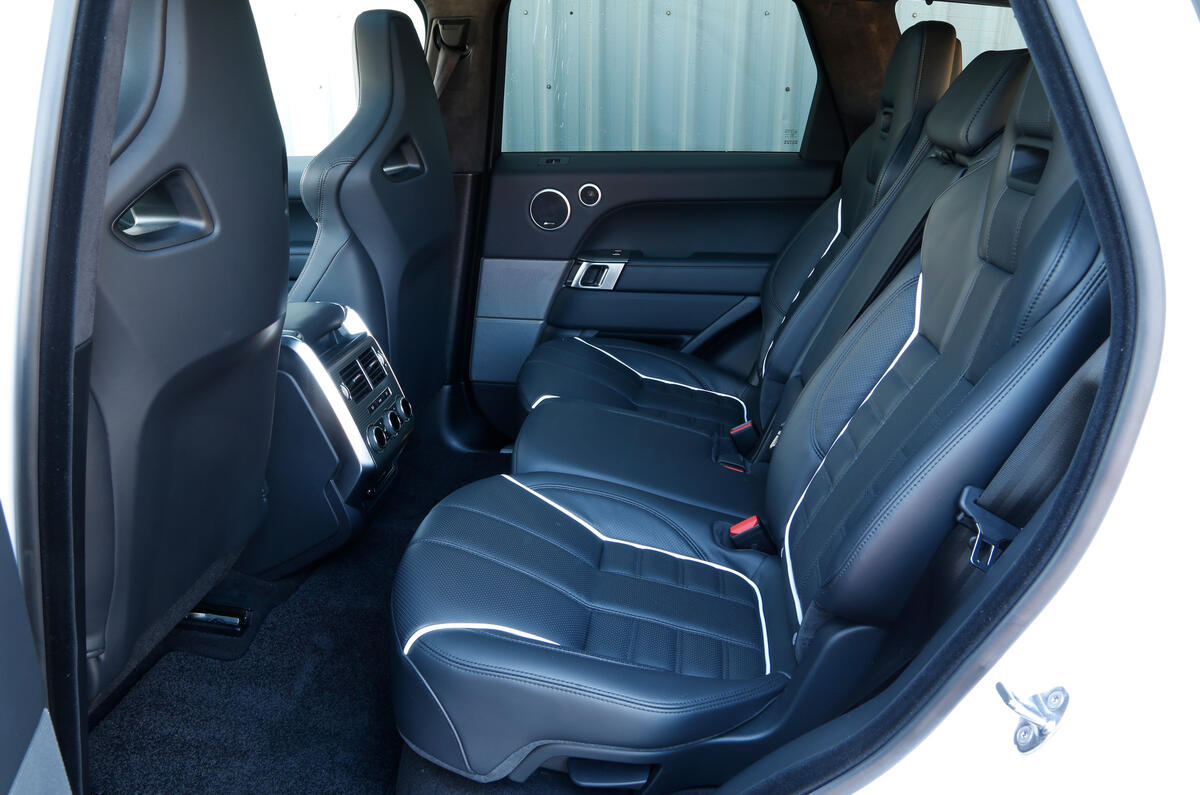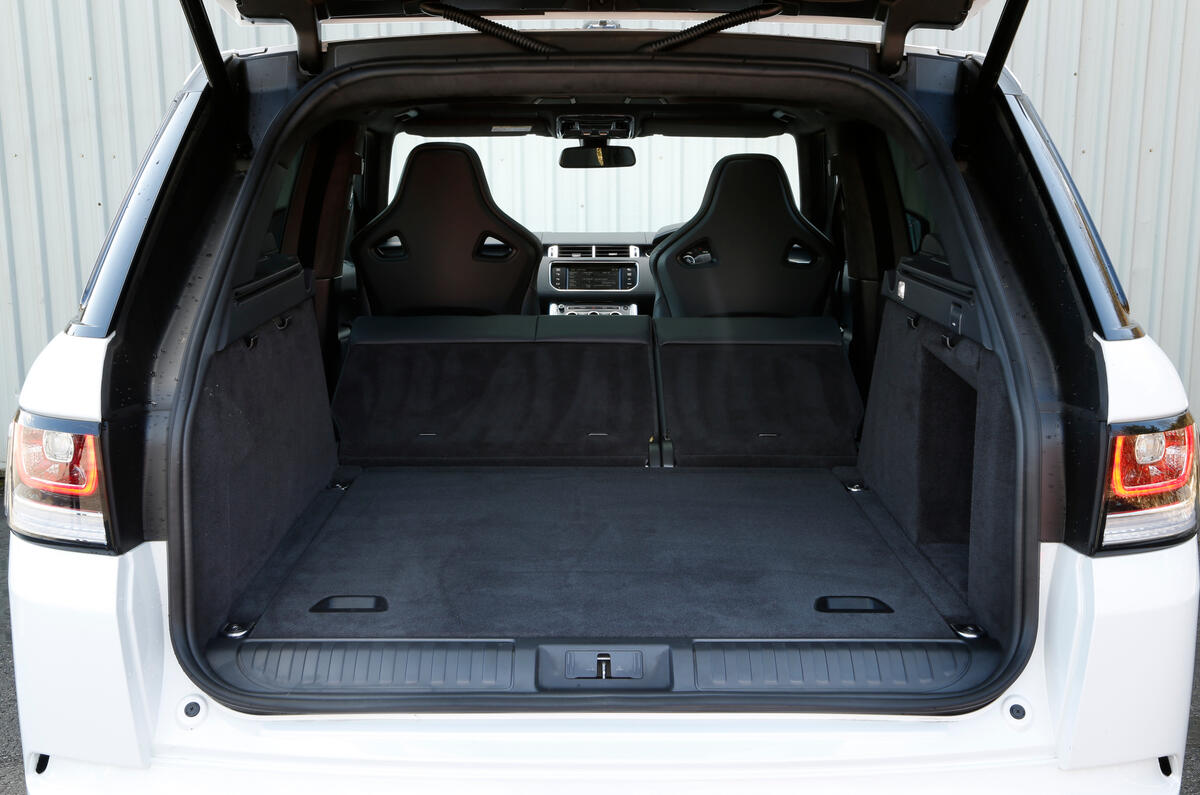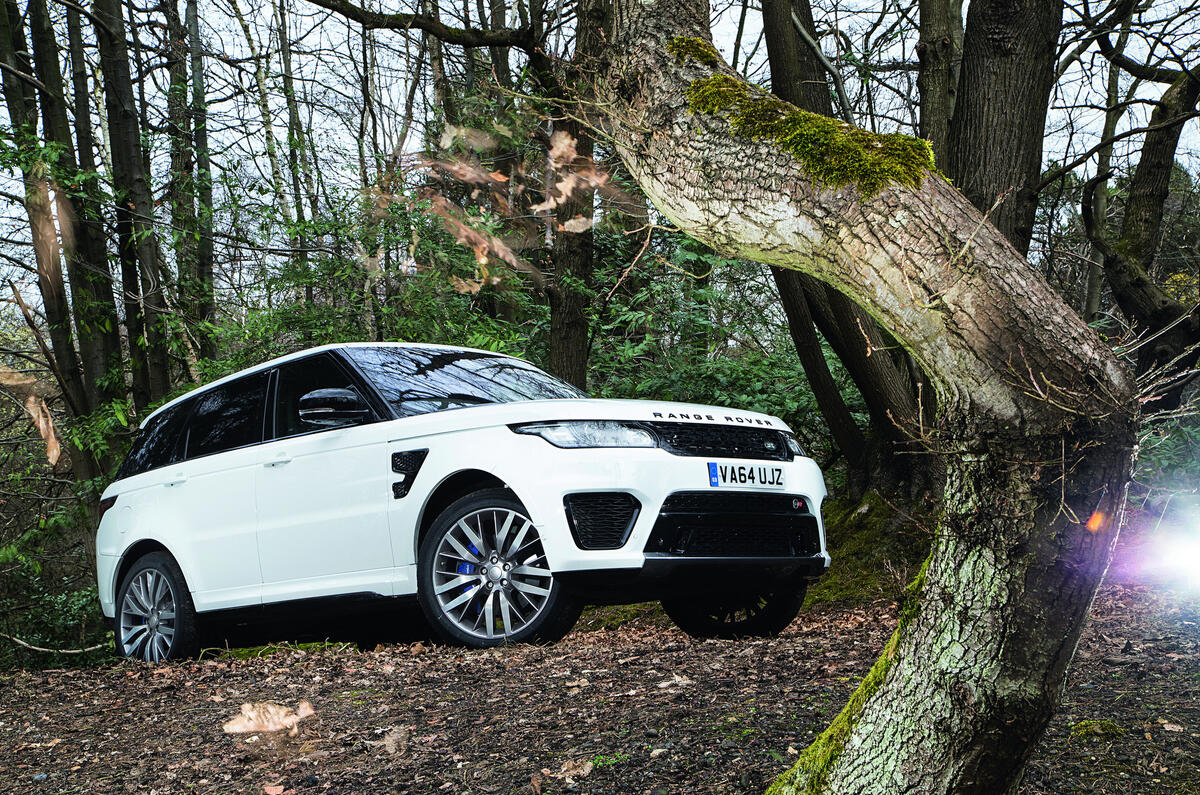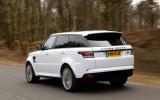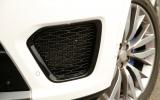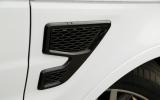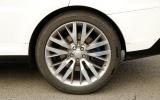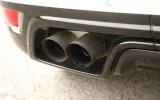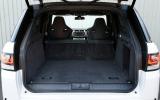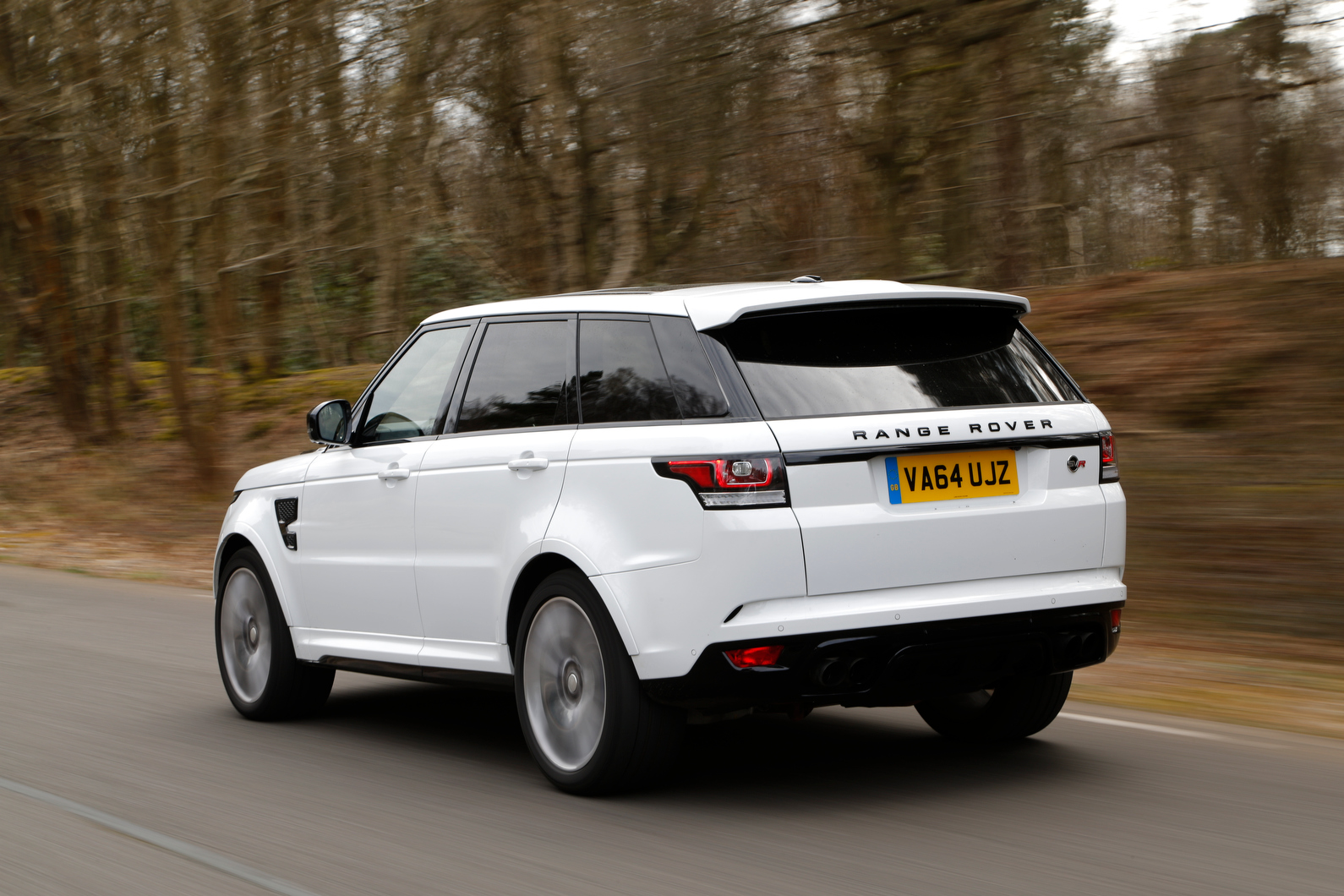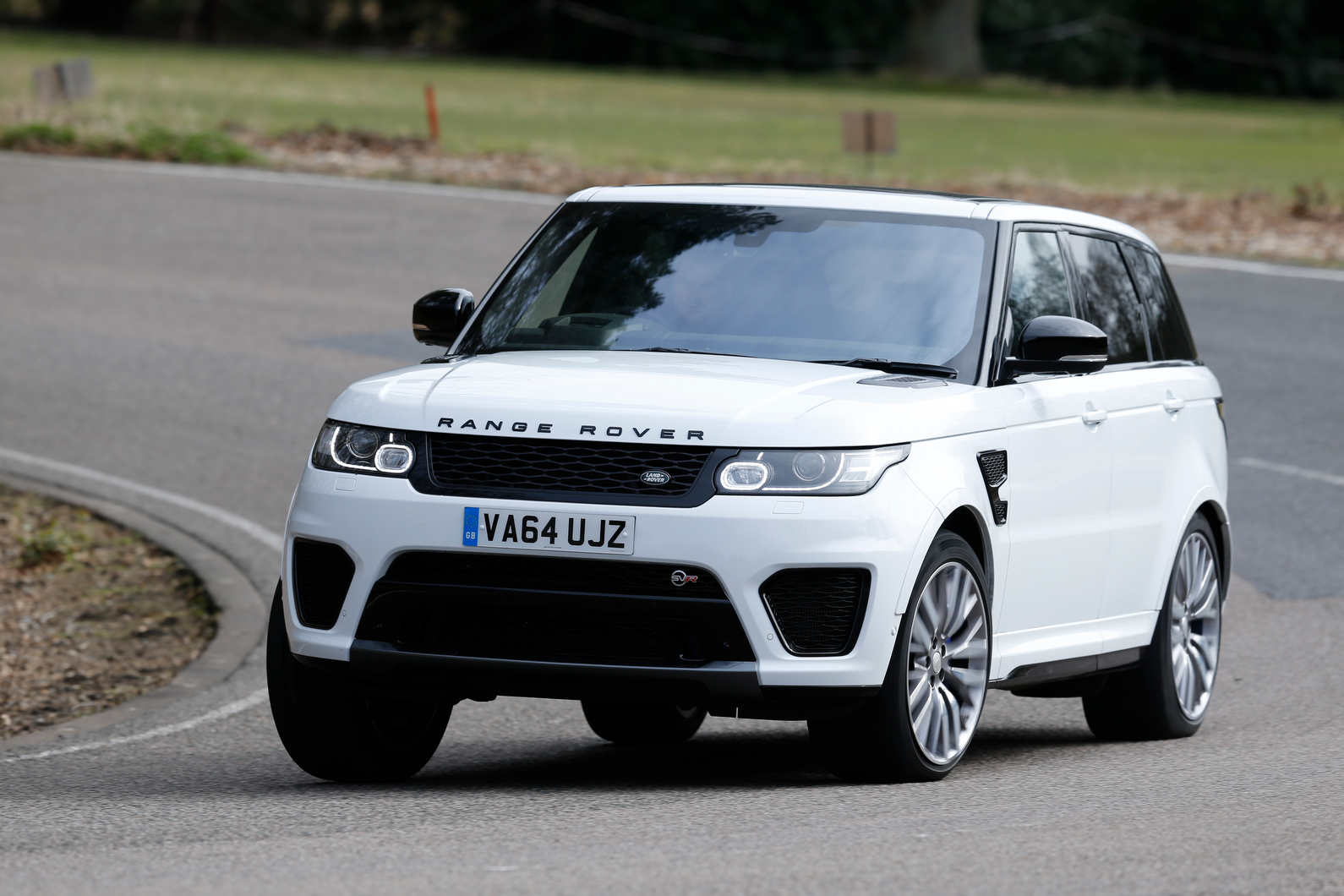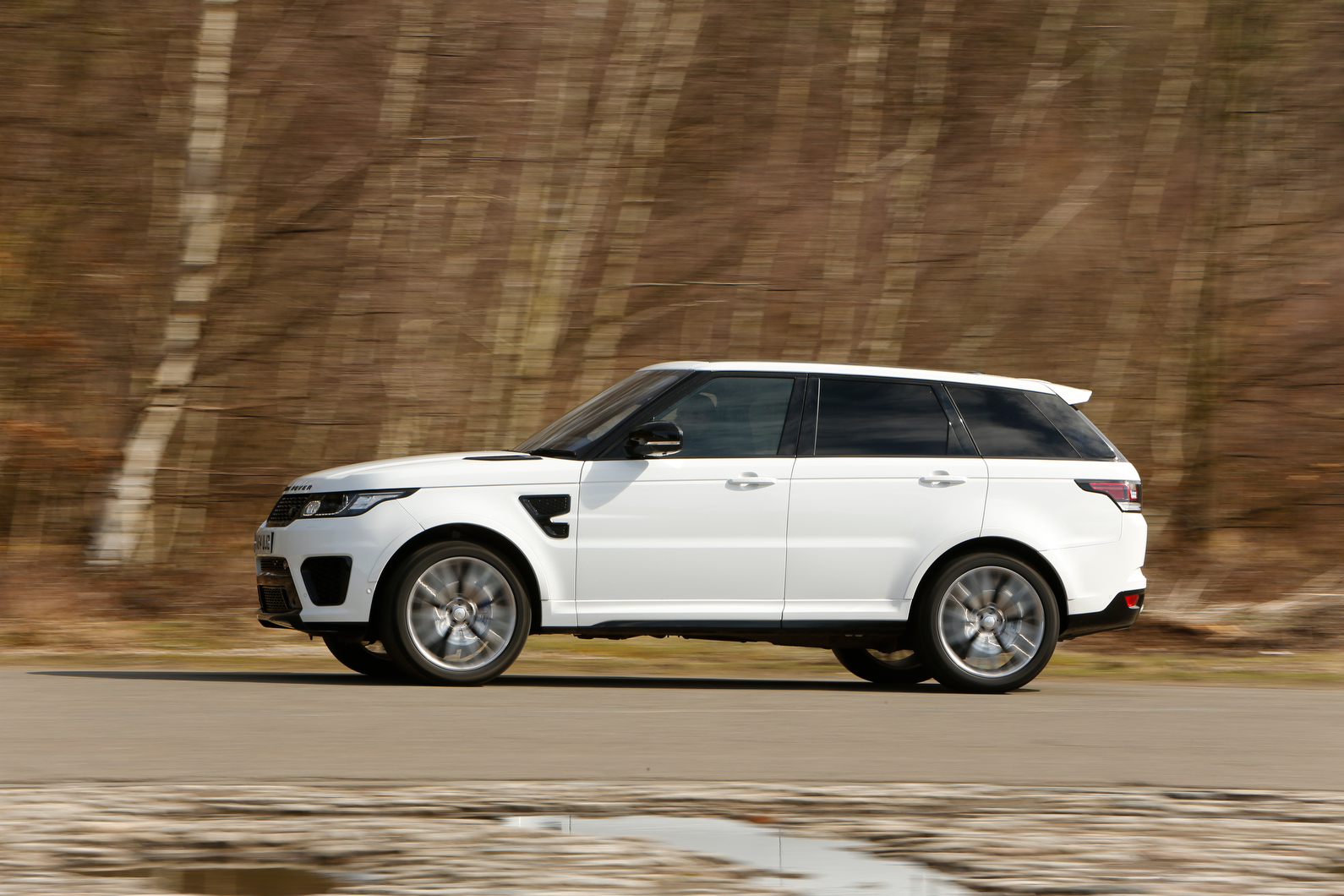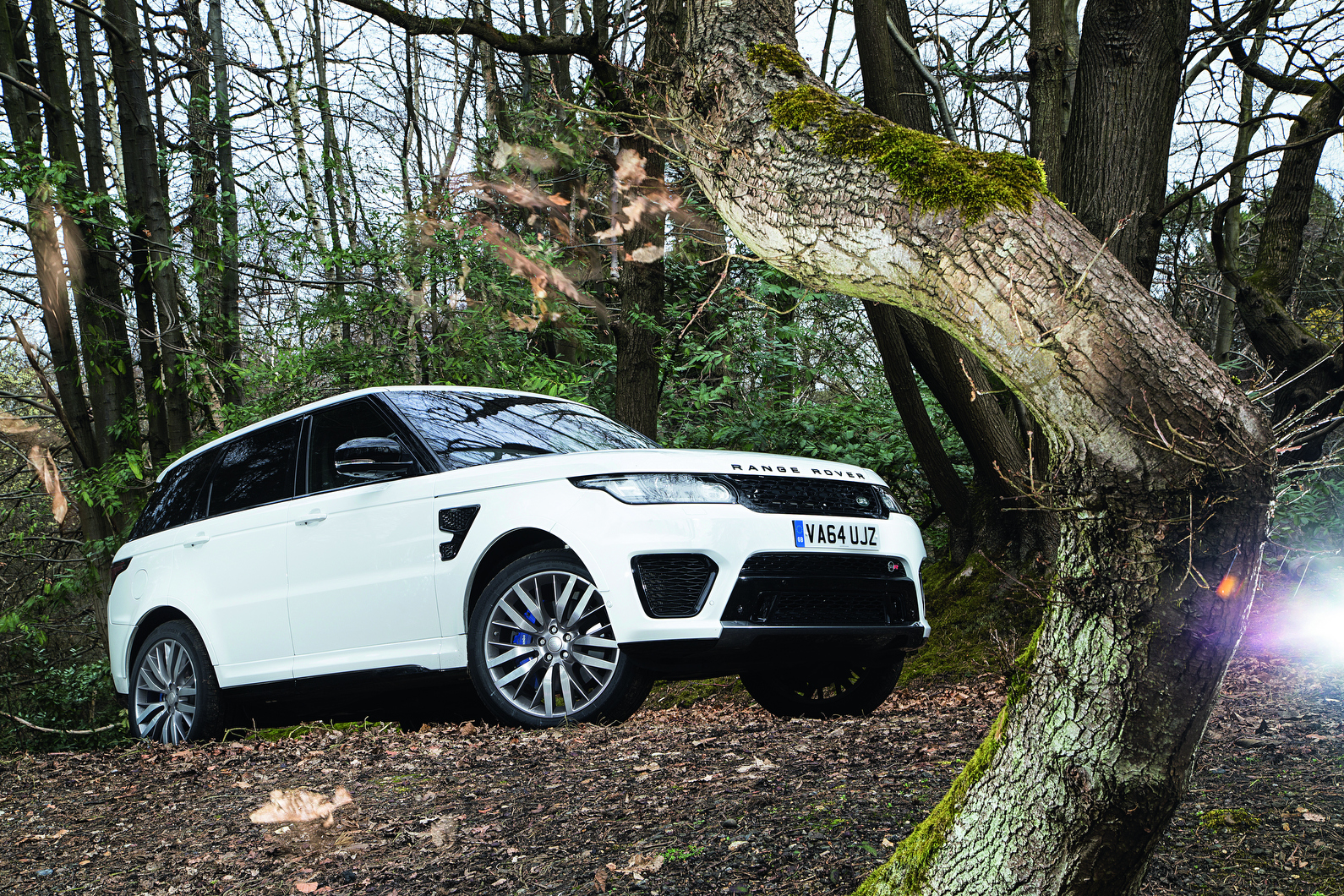It takes an inordinate amount of brand cachet and confidence to do this. At a time when austerity is still making front page headlines throughout the western world, this is a £96,900 Land Rover Range Rover Sport (£108,450 as tested) that has 542bhp.
Those are large figures that could easily seem out of kilter with the times. But austerity be damned: this car has been coming, no matter what.
In the past year, more than 500,000 people have become millionaires in the United States alone, and that rate is being outstripped by the Chinese. There are now more people than ever before who have the means to afford cars like this Range Rover Sport SVR, the first Land Rover product of Jaguar Land Rover’s Special Vehicle Operations (SVO) division.
The people at SVO have made the SVR nothing less than the most powerful Land Rover in the company’s history. The car deploys 542bhp from its supercharged 5.0-litre V8 engine and adopts a raft of mechanical and dynamic changes to accompany the extra horsepower.
This is still a vast SUV, but given the kind of demand that’s available globally for luxury and performance 4x4s, the question, then, is no longer “why would you make a car of this size, with this power?”. Given that there are so many people with the income and inclination to buy one, the question is “why wouldn’t you make one?”.


